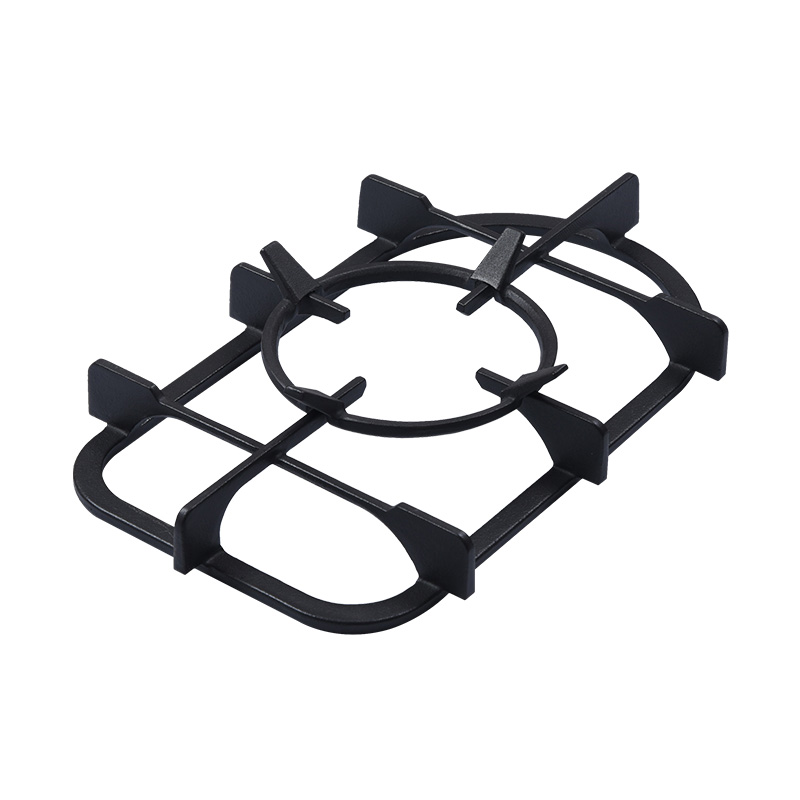Airflow Control: The control of airflow is a fundamental aspect of a cast iron stove's design that directly affects its combustion efficiency. Most cast iron stoves are equipped with adjustable air vents, often located at the front or bottom of the stove, which allow users to regulate the amount of oxygen that enters the combustion chamber. This regulation is critical because the amount of oxygen available influences the rate at which the fuel burns. Inadequate airflow can lead to incomplete combustion, resulting in the production of smoke and creosote, which are both inefficient and hazardous. Conversely, excessive airflow can cause the fuel to burn too quickly, leading to heat loss and inefficient fuel use. Therefore, precise airflow control through well-designed vents is essential for optimizing the stove's performance.
Internal Chamber Design: The internal design of the combustion chamber in a cast iron stove is carefully engineered to promote efficient burning. The size, shape, and placement of components within the chamber are all designed to ensure optimal mixing of fuel and air. This is crucial for achieving complete combustion, where the fuel is fully oxidized to produce the maximum amount of heat with minimal waste. A well-designed combustion chamber encourages a steady and controlled burn, which not only increases heat output but also reduces the production of harmful emissions. Additionally, the chamber's design must accommodate various types of fuel, ensuring consistent performance whether burning wood, coal, or other materials.
Secondary Combustion System: Many advanced cast iron stoves are equipped with secondary combustion systems, which significantly enhance combustion efficiency. In these systems, the stove is designed to introduce a secondary stream of preheated air into the combustion chamber, typically at the top, where it ignites gases and particles that would otherwise escape as smoke. This secondary burn not only increases the overall heat output but also reduces the release of unburned hydrocarbons and other pollutants. The design and positioning of the secondary air inlets are critical to ensuring that this process occurs efficiently. This technology effectively transforms what would be waste into additional heat, improving the stove's overall energy efficiency and reducing its environmental impact.
Baffle Plates: Baffle plates are integral components in the design of a cast iron stove that directly influence both heat retention and combustion efficiency. These plates are typically located near the top of the combustion chamber and serve to redirect the flow of exhaust gases, forcing them to take a longer path before exiting through the chimney. This extended path allows more time for the gases to transfer heat to the stove's body, thereby increasing the amount of heat radiated into the room. Additionally, baffle plates promote more complete combustion by keeping the gases in the high-temperature zone of the stove for a longer period. Properly designed baffle plates are crucial for ensuring that the stove operates at peak efficiency.
Heat Exchanger Design: Some cast iron stoves incorporate heat exchangers, which are designed to maximize the transfer of heat from the burning fuel to the surrounding environment. The design of these heat exchangers can vary, but they typically consist of fins, tubes, or plates that increase the surface area through which heat is transferred. By capturing more of the heat generated during combustion and radiating it into the room, heat exchangers enhance the overall efficiency of the stove. The materials and design of these exchangers are critical, as they must withstand high temperatures and resist corrosion over time. A well-designed heat exchanger can significantly improve the stove's performance, particularly in larger spaces where efficient heat distribution is essential.
